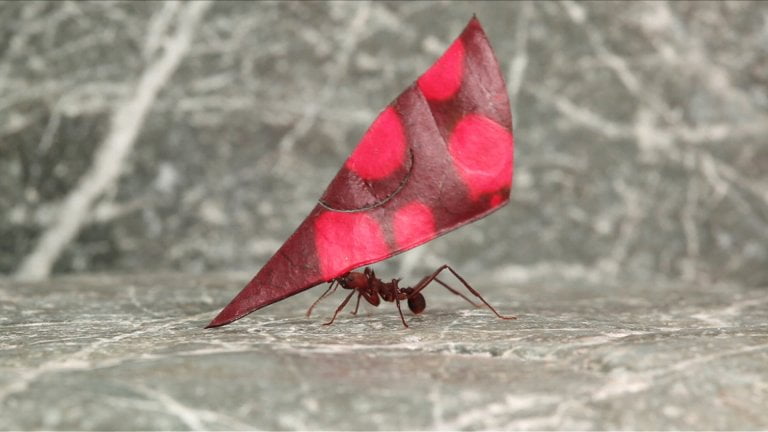Octopuses and cuttlefish are masters of underwater camouflage, blending in seamlessly against a rock or coral. But squid have to hide in the open ocean, mimicking the subtle interplay of light, water, and waves. How do they do it? (And it is NOT OCTOPI)
Transcript:
Cuttlefish, octopuses, and squid have an almost magical ability to control their appearance. What makes it possible are these spots. They’re called chromatophores. They’re like tiny water balloons filled with colored pigment.
When the balloons expand, you see more pigment, more color. When they contract, the color shrinks to a tiny dot. The overall effect can be really dramatic. And for a good reason.
These animals don’t have protective external shells. They’re unarmored. Naked. And they aren’t great swimmers, either. Camouflage is their best defense. They have to be good at it.
Octopuses can change their body position and the pattern on their skin to match rock or coral. Octopuses and cuttlefish can even change the texture of their skin to throw off predators. Become bumpier and more rock-like. But squid often lives in the open ocean. How do you blend in when there’s nothing — except water — to blend into?
They do it by changing the way light bounces off their skin — adjust how iridescent their skin is using light-reflecting cells called iridophores. They can mimic the way sunlight filters down from the surface. Hide in plain sight.
So how do they control all this color change? Is it voluntary or some built-in reflex? That’s what researchers at Stanford University wanted to know. They anesthetized the squid and then snipped the nerve from the brain that controls the chromatophores, but only on one side of the animal.
The brain essentially couldn’t send messages to the tiny muscles that control those chromatophores anymore, almost like turning off a light switch. But after a few days, then they noticed something strange. The chromatophores began blinking again. Even though they were no longer getting signals from the brain.
So what does this mean? Well, it suggests that color change might be a bit like breathing is for humans—something we can either choose to do or do automatically. Only even cooler — because unlike breathing, color change requires an awareness of your surroundings. And in these animals, that awareness is spread throughout the skin as if the skin itself could see.
It would be as if your skin knew what color the walls were, even with your eyes closed. For a soft and squishy creature trying to stay alive in a very big ocean — it’s a pretty spectacular defense.











